Pricing yourself as an elopement photographer can be tricky. And that’s true whether you’re a newbie wedding photographer or a seasoned pro.
Much of the challenge stems from a lack of confidence.
Many photographers are totally shocked when they make a list of all their costs before and after taxes. When they realize what they would have to charge to make their business sustainable, they think I can’t charge that!
We call it Imposter Syndrome. It’s that niggling voice in your ear, telling yourself that your work isn’t ever worth that much. And it can be super demoralizing.
Sound like you?
Don’t worry, it happens to all of us.
Luckily, there are lots of techniques to start combating your Imposter Syndrome and start believing in your worth a lot more.
In this article, we’ll cover the nitty-gritty details of how to price yourself as an elopement photographer. You may be surprised by just how many elements there are to think about, which is exactly why you should read right until the end.
Elopements can be even trickier than normal photography pricing, because you’ve got to consider travel, accommodation and other related financial demands.
It may get a little numerical at times — so if you’re not a massive fan of math, buckle up.
Ready?
Let’s do this!
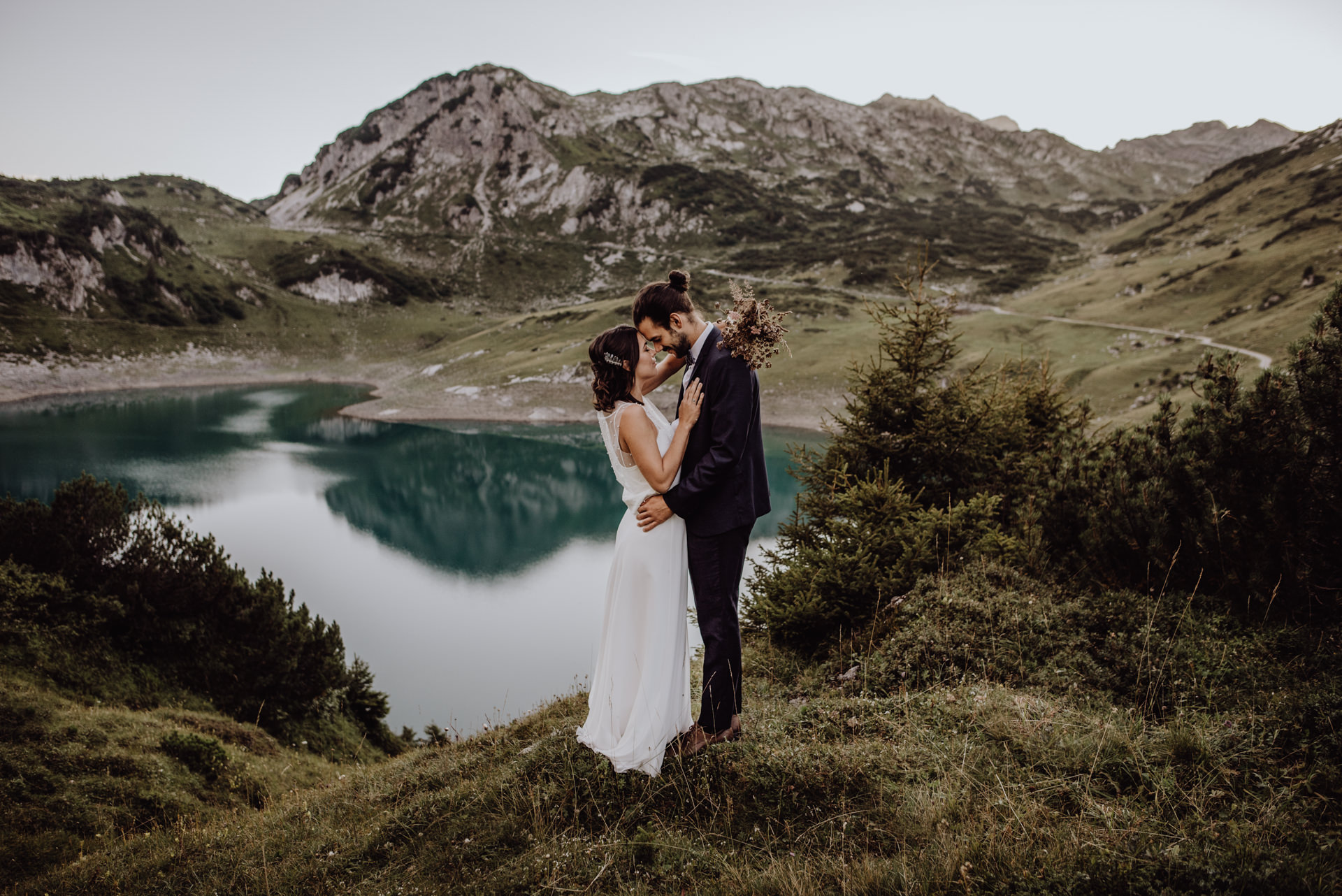
Photographer: Barbara Schmid
The Basics of Pricing Yourself as a Photographer
What’s the Cost of Running Your Business?
For your business to be sustainable — that is, to be profitable — you need to be sure that you’re covering the cost of running your business. This is the absolute base from which the rest of your pricing strategy will stem.
So, take a minute to think about all the basics of your business. All of them!
Don’t just do this off the top of your head. Sit down with a pen and paper and walk through your daily or weekly routine as a wedding photographer.
Everything you use will likely have a related financial outgoing.
Let’s break it down:
- Photography equipment: Providing a high-end service requires high end gear. And that includes everything. It covers cameras, lenses, lighting equipment and other tools you use on the day itself. It also covers all the hard and software required to keep your editing workflow, communication and delivery process smooth. Wedding and elopement photography can be tough on your gear. You will need to account for wear and tear, as well as having back-ups for every key piece in your gear bag. Let alone the fact that you will need to be able to go out tomorrow and replace every camera, lens or computer that spontaneously decides to give out. Next week’s couple won’t care that your camera died last Saturday, but you are really tight on cash and can’t afford to replace it right now. So make sure you have spares!
Advice on how to calculate the cost of your equipment can vary. It’s usually anywhere between 20-35% of the total value of your camera. Head online to look for advice for your set-up.
- Office or studio costs: You need a place to work from, right? So even if you do the majority of your editing at home and your shoots outside, you should slice a little of your rental fees into each project’s pricing structure. Working from home carries certain demands that have an associated cost. For example, you have to set up a functional home office, and give up some of your home space for work. All of this has a value. Write it all down, and factor it into your costs.
- Software subscriptions: Do you pay for software subscriptions like Lightroom and Photoshop, or other editing or photo processing suites? If yes, don’t forget to include this in your overall service costs.
- Marketing and promotional fees: Even with social media, there are associated costs such as Facebook ads or Instagram promoted posts.
- Any other related business costs: do you use an accountant to keep your books in order? Is your business big enough to require admin assistance? All of these outgoings need to be represented in the cost of running your wedding photography business.
- Cashflow to reinvest in the business: Your business is not a static entity. It will grow and evolve over time, and you’ll need to reinvest back into the business along the way. Set aside a portion of your costs to account for this. Depending on the ambitions you have for your business, anywhere between 10-20% of your annual costs should be set aside for this.
It can be a bit of a shock to see how much money is spent on the day-to-day running of your business.
But hopefully this will help you understand why you have to charge clients the way you do: if you want to keep serving customers as a wedding photographer, you’ve gotta keep earning income!
Next, Onto Calculating Your Cost-of-Goods-Sold
Cost-of-Goods-Sold (COGS) is the total sum of your labor and materials cost.
Think about it; if you’re providing a client with a printed, bound wedding album, with all their best elopement images inside, you’ll need to charge for much more than the cost of printing.
You also need to charge for the cost of your time to pull together that album. Don’t forget any fees you’ve encountered in getting it printed, as well as the cost of shipping it to their doorstep.
The same principle should be applied to elopements where you’re not producing any final, printed output.
Even if the newlyweds just want an online gallery or USB with their shots in digital form, you’ll have to spend time selecting from the reel, editing the best images, uploading them, and potentially even shipping the hardware to them.

Photographer: Earth Below Photo
Elopement-Specific Costs to Consider
Travel and Accommodation
This is where pricing for destination weddings and elopements requires a little extra attention to detail.
You should get into the habit of being able to read a client’s situation — how much money are they willing to spend?
Are they doing their ceremony on a budget? Do they want the best possible service at whatever price that requires?
It doesn’t matter what you charge per se. What happens is that you’re totally upfront about your costs.
You should always be transparent about what you’re charging, and always ask for their sign off. This is essential to maintain a good working relationship with your clients.
Any nasty surprises down the line may result in a negative appraisal of your work. And negative reviews can seriously damage your reputation and wedding photography brand.
Let’s say you’ve been asked to cover an elopement in the Pacific Northwest, and you live in California.
You should, of course, pass on travel and accommodation costs for this. Any client worth working with wouldn’t quibble about that!
What you will need to negotiate between you, though, is the allowance you have for that travel and accommodation. You don’t want to charge for a 5-star, luxury hotel, and $100 a day to cover expenses if they’re expecting you to stay in a motel.
It all comes down to open communication; from both parties.
Of course, if you’re covering an elopement in New Zealand and need to fly from New York, your costs are going to be way higher than an Aussie based photographer.
Always talk these things through before you confirm a booking.
But bear in mind that travel and accommodation prices vary — sometimes they go up, sometimes they go down.
So How Do You Land on a Final Cost That Won’t Leave You Out of Pocket?
There’s really no right or wrong way to do this, but if you think you’ll be booking flights and a hotel a month before the wedding, then get a quote for the project by looking at travel costs a month from when you set the quote.
Roughly speaking this should cover you. Or you could add a little 5% buffer, to protect yourself from price fluctuation.
Also: Be Aware of Public Holidays and Festivals
They may have chosen to go to that location because there’s something really extraordinary happening on the day of their ceremony. Of course, this could be a once-in-a-lifetime opportunity, and one you should jump on if you can!
But holidays and festivals can also send costs sky-high, which means you’ll need to up your quote to cover that special demand.
One final thing to consider when quoting for elopements is your time to travel.
You’ll have to really use your judgment here: is there an opportunity cost associated to you traveling for this client?
If so, you might decide to take a hit on the time it takes you to travel to a booking.
Often, though, you should always factor in a little extra to cover your time spent in transit. Remember, every hour of your time has a value – so charge for it.
Don’t Forget About Your Business Tax
Don’t worry we are almost there!
But there are still a few loose ends to tie up, even on top of all the calculations you’ve done so far.
Always add a margin on your fees to cover your tax. If you forget this, it can send you spiraling into financial issues when the tax man comes a-knockin’.
So, do your research: know how much tax you’ll be paying where you live. Calculate how much you owe back in loans each month. And make sure whatever you quote your elopement client helps you stay on top of these outgoings.
Factor in Any Other Monthly Payments When Pricing Yourself
Most wedding photographers will have a healthy amount of monthly payments to honor. These can be anything from student loan repayments, through to business loans. This also covers the essential stuff, like your rent (or mortgage payments), your car, your pension and your healthcare.
Be sure to list out each and every monthly payment you have. Calculate the total cost of these repayments, and factor that into your pricing.
All of these are things that may have been offered to you as a benefit in ‘normal’ employment. Don’t forget about them just because you’re ridin’ solo.
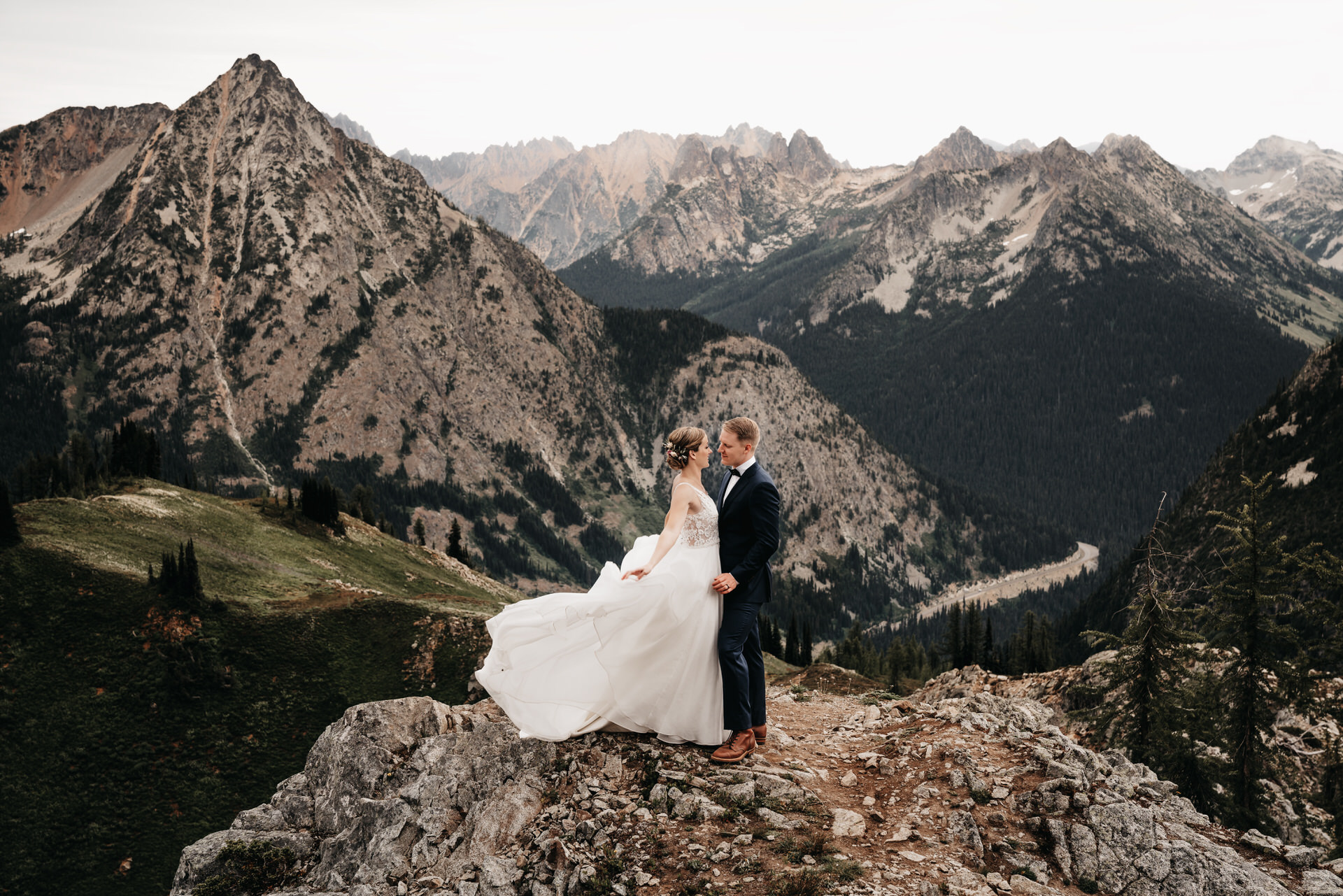
Photographer: Marie Vanderpool
The Next Level of Pricing Yourself as an Elopement Photographer
Okay, So Now You Have A Rough Figure of How Much an Elopement Will Cost You to Take on. But We Aren’t Done Just Yet…
If businesses simply priced their products at cost — that is, without any profit margin — we’d all be paying in cents rather than dollars for the things we buy.
To grow your brand, you need to be adding a margin for profit into your quotes.
Thing is, there’s no quick calculation to work out what kind of profit margin you want to add on. Instead, it comes down to a variety of different factors, which when brought together help you land on a value-added pricing approach.
- How unique is your wedding photography offer? Do you operate within a niche community or with a really distinctive creative vision?
- How many more years experience do you have versus competitors?
- How established is your reputation? Do you have a big following?
All of these elements add up to a higher value in your service, and therefore a more substantial profit margin.
That’s why, as your portfolio expands, you’ll be able to start charging more for your elopement projects than you did when you began working.
A Special Note on The Cost of Your Experience Level…
An elopement can be an amazing, exhilarating experience for everyone involved, they can also be super stressful with so many moving parts.
The couple has probably organized a lot of the ceremony. From the reception, to the catering, accommodation and other logistics – they’ve likely planned all of this remotely. The first time they see their wedding venue in person might be when they arrive on the day itself!
They’ll be relying on you and your expertise for guidance.
That’s why you can confidently up your costs as your experience scales. Your experience is an asset, and you should charge for it.
We made it! Here’s the Conclusion
Hopefully now you’ll have a better understanding of what it takes to price yourself for elopements — and a more solid idea of why you’re worth changing what you charge.
For one: you are amazing, and your creative work is more than worthy of an appropriate fee. So silence that Imposter Syndrome right now!
And two: there are lots of outgoings for you to consider in your business. You shouldn’t be covering those costs on your own.
Now, you may find a client who is eloping because they want to keep costs down. That client may really want to work with you, but isn’t willing to meet the quote you’ve put forward.
It’s decision time: do you want to let that client go, or do you want to offer a small discount on your fees to win the project?
Honestly, this decision will really vary on a case-by-case basis. But, whatever you decide, do not make a habit out of discounting.
As you’ve seen from this rundown, it costs money to run a wedding photography business! So you shouldn’t feel under pressure to constantly reduce your costs to earn clients.
And definitely, definitely do not work for free.
So now you know how to price yourself for elopements — the next question is, do you publicize your fees on your website? Click the link to hear our views on that, too.
Connection is what it’s all about. Feel free to reach out to us with any comments or questions you might have, even if it’s only to say hello. If it wasn’t for our beautiful community, this place just wouldn’t feel the same.


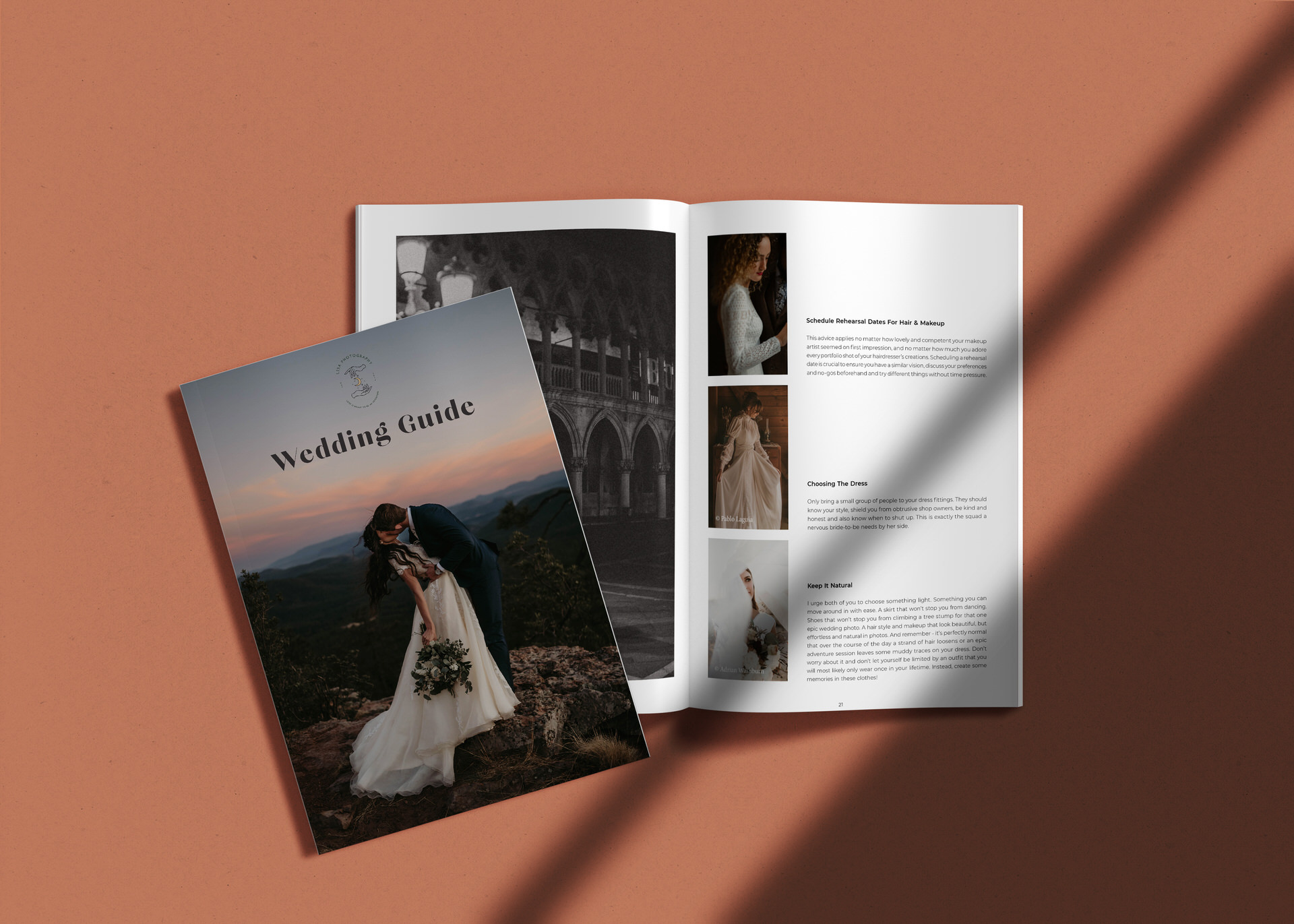

 -->
-->



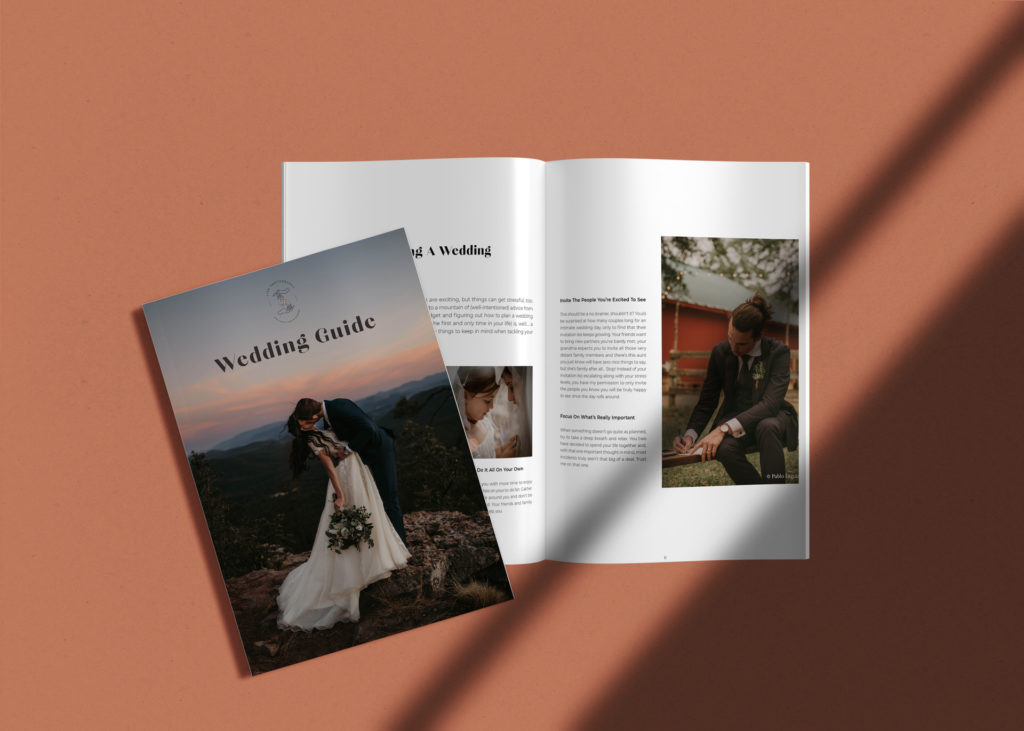


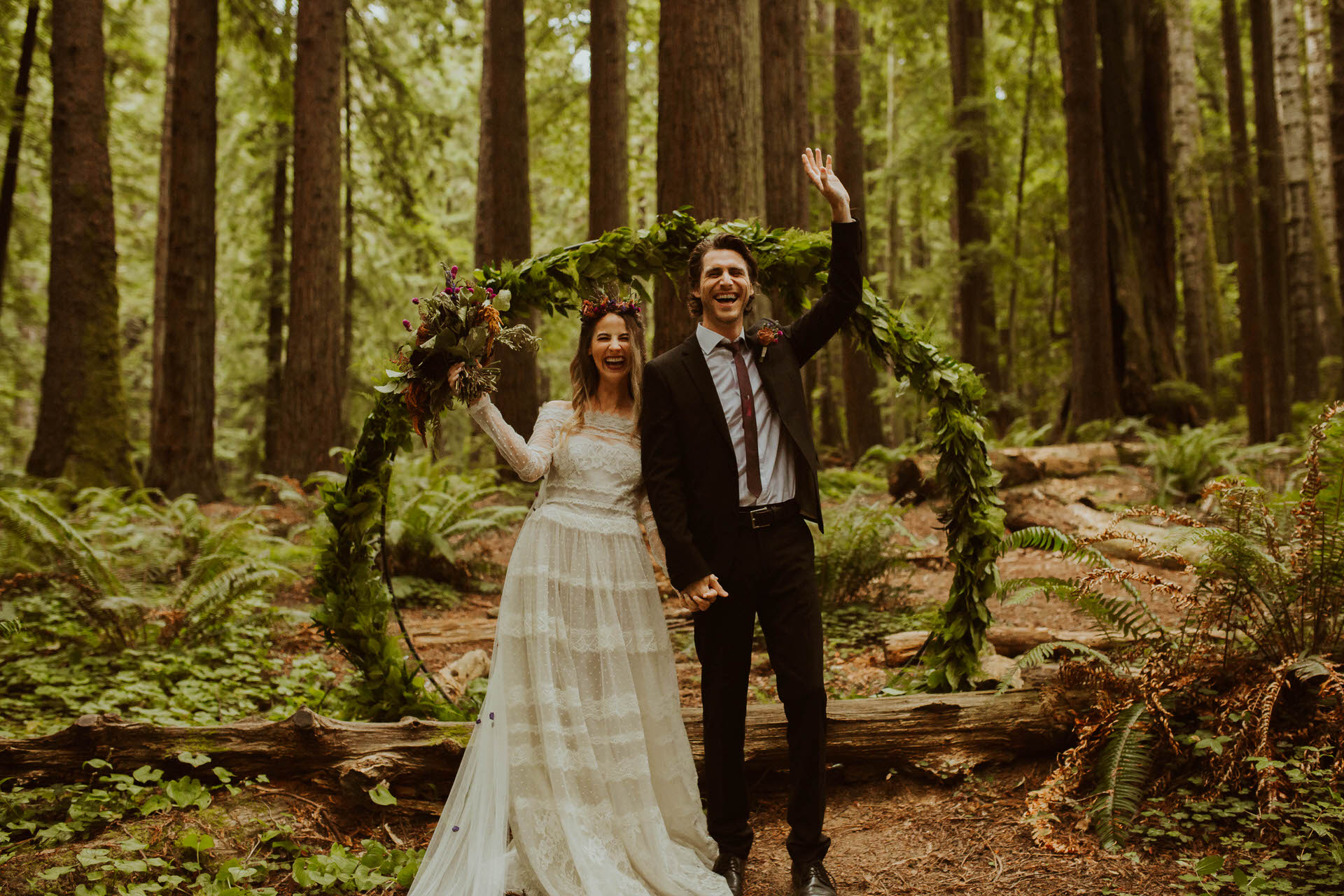

0 Comments